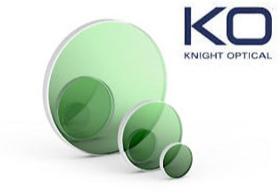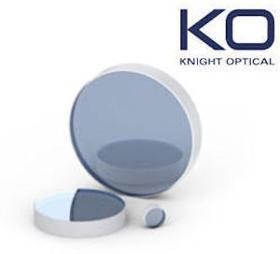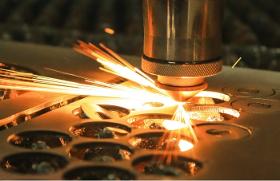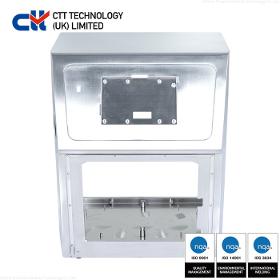- europages
- >
- COMPANIES - SUPPLIERS - SERVICE PROVIDERS
- >
- laser welding
Results for
Laser welding - Import export

KNIGHT OPTICAL (UK) LTD
United Kingdom
Knight Optical’s Laser Optics range include Thin Film Polarisers which separate the s- and p-polarised light with negligible absorbance within the coating for low loss performance. The laser thin film polarisers are optimised for 515nm and 1030nm design wavelengths, ideal for Ytterbium (Yb) doped lasers including diode-pumped solid-state lasers (DPSSL) and fiber lasers, as well as Nd:YAG lasers emitting at 1064nm. Currently, we stock thin film polarisers which work at either 45° or at Brewster angle (55.4°), both of which have been coated using ion beam sputtered (IBS) technology, creating a compact and durable coating, with a LIDT suited for ultrafast laser applications. Often used within a laser resonator to separate the different polarisation states and can be used as an alternative to polarising beamsplitter cubes or Glan-type polarising prisms. The following are the tolerances for the laser polarisers:
Request for a quote
KNIGHT OPTICAL (UK) LTD
United Kingdom
As well as Knight Optical’s Low GDD Ultrafast Laser Mirrors, we can also provide broadband and wide-angle alternatives to cover more of a range of applications. Our Wide-Angle Laser Mirrors optimised for the fundamental and second harmonic (SHG) emissions of Ytterbium (Yb) doped lasers including diode-pumped solid-state (DPSS) and fiber lasers, and therefore have a design wavelength of either 515nm or 1030nm. They exhibit > 99.9% reflection when used between 0 to 45°. The Broadband Laser Mirrors work from 700-900nm ideal for applications using a Ti:Sapphire laser, again demonstrating > 99.9% reflection within this wavelength range. Their key features include: •Ion beam sputtered (IBS) coating which is compact and durable. •Reflection > 99.9% within their design wavelength range. •Broadband laser mirrors work at 45° •Exhibit minimal group delay dispersion (GDD) to prevent pulse broadening •High laser induced damage threshold (LIDT) •Precision flatness and surface quality to
Request for a quote
ERSEM MECHATRONIC LTD.
United Kingdom
Up to 16mm Carbon Steel, and 4 mm Brass, Copper.
Request for a quote
CTT TECHNOLOGY (UK) LIMITED
United Kingdom
Die blanking is the initial step of the industrial inkjet printing machine, which uses a professional mold to precisely cut the raw material into the desired component shape, the mold molding process is through the precise mold and pressure action, laser welding is an efficient and accurate welding method for the inkjet machine components firmly connected together. The rivet or riveted piece is firmly pressed into the material by pressure, increasing the strength of the connection between the parts. The welding method enables precise connection between components while ensuring the strength and stability of the connection. Through the drawing and polishing operation, the rough and uneven parts of the surface are removed, and the dirt can be peeled off from the surface of the parts through the vibration effect of ultrasonic waves, ensuring the cleanliness and hygiene standards of the printer.
Request for a quoteDo you sell or make similar products?
Sign up to europages and have your products listed
Results for
Laser welding - Import exportNumber of results
4 ProductsCompany type